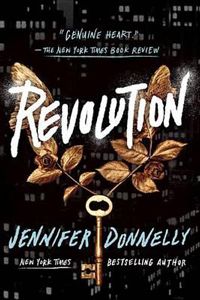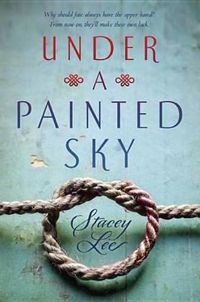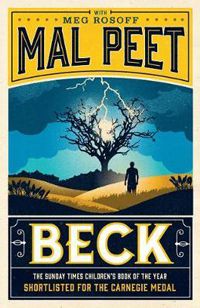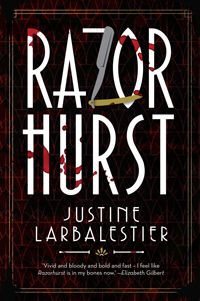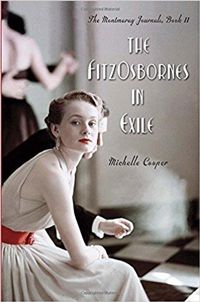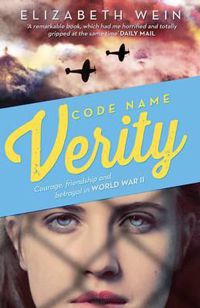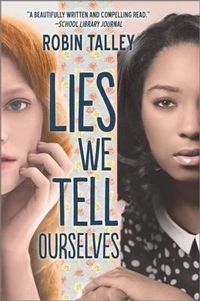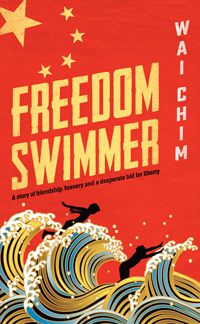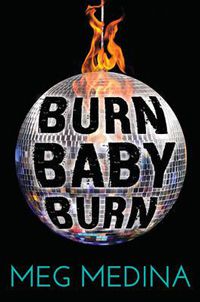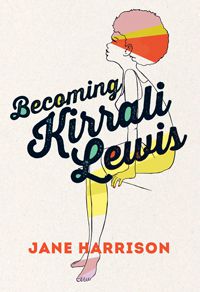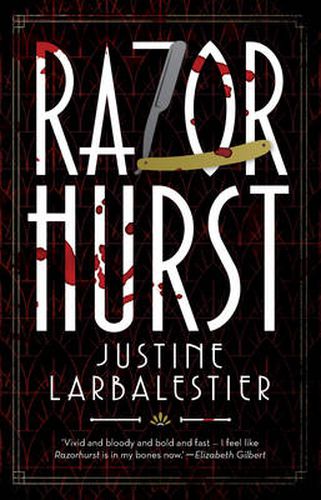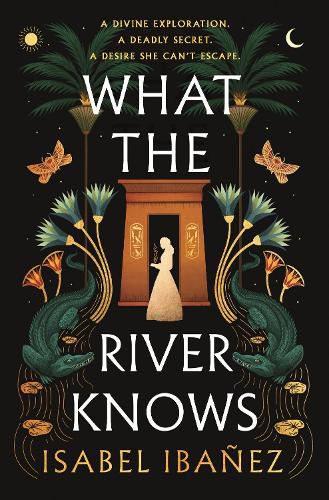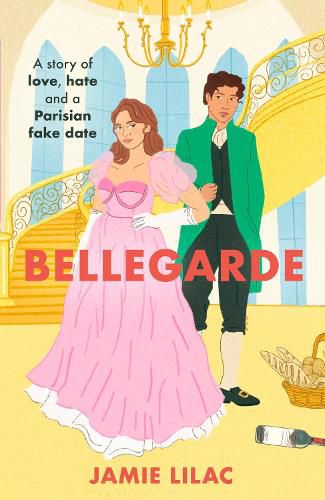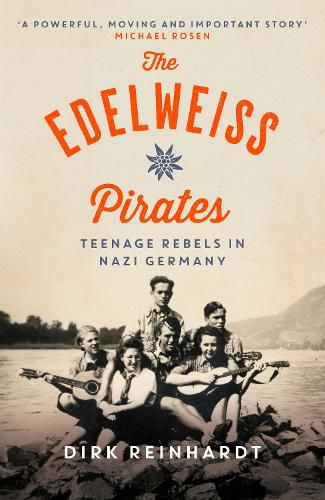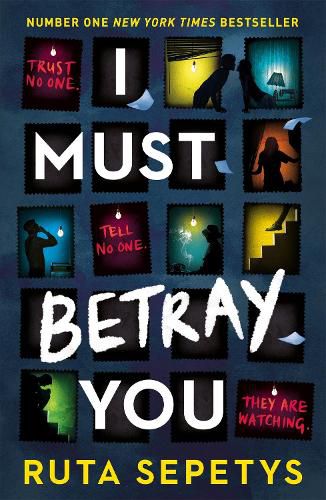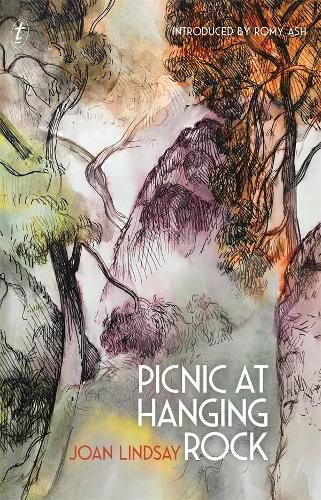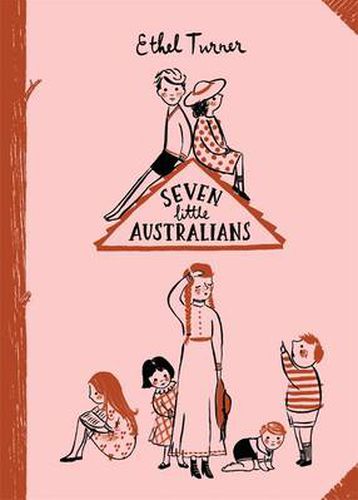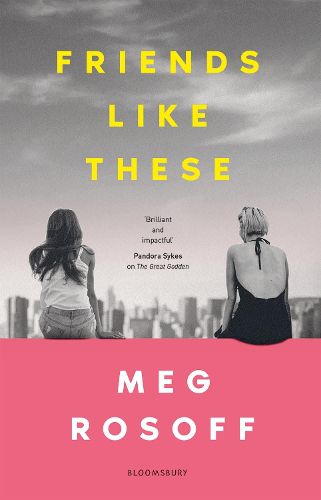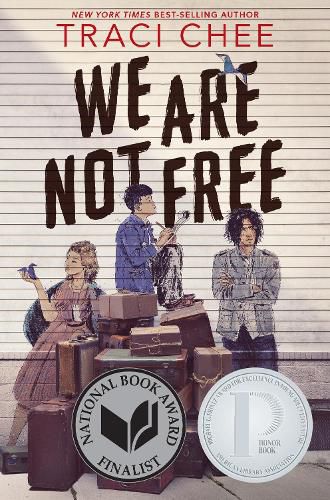10 historical YA novels I love
I haven’t always been a reader of historical fiction and in fact, for much of my reading life I would have told you that I actively disliked it. Fortunately I came to my senses around a decade ago, aided by some top-notch historical YA.
The very best historical YA fiction introduces the reader to young characters they can’t help but relate to on the most fundamental level, nestled into times and ways of life that are unfamiliar, dramatic and often extreme. Historical fiction novels, when they work, illuminate a period of history and the big issues of the time, through close connection to individual characters.
If you’ve never felt a spark with historical fiction, please consider giving one of these 10 highly recommended reads a go.
Revolution by Jennifer Donnelly
When: 1790s
Where: Paris, France
Purists may baulk at this being on my list, but a time-slip novel is a delicious way to experience history, and this is one of the best. Modern day student Andi is in Paris with her dad to write her thesis on an obscure French musician, when she becomes caught up in a revolutionary mystery.
While her dad is investigating the purported heart of Louis-Charles, son of Louis XVI and Marie Antoinette, Andi becomes obsessed with the diary of music teacher and Louis-Charles supporter, Alexandrine Paradis. Andi relates to and finds solace in Alexandrine’s words, until their stories converge mysteriously during a visit to the Paris catacombs.
Andi finds herself acting as a central player in revolutionary history in this smart and unique novel that combines real and fictional characters, and delivers a little romance as well. Revolution is soaked in contemporary and classical music, classic literature, politics and the challenges of being a young person rocked by grief and events out of your control.
Fans of time slip novels, French culture and Rimbaud, also take note of Elizabeth Hand’s Radiant Days (which is extremely hard to get hold of, but worth it!)
Under a Painted Sky by Stacey Lee
When: 1849
Where: Oregon State, USA
Two young women dress as boys and hit the Oregon Trail in the kind of Wild West story rarely told. After a rapid series of tragic events, aspiring Chinese-American violinist Samantha finds herself on the run from the Missouri law, with her former life in shreds. She teams up with Annamae, a sixteen-year-old African-American slave who craves liberation, and they hit the trail for California. As ‘Sammy’ and ‘Andy’, the two girls stumble into a friendship with a trio of friendly cowboys, who provide greater safety but also threaten to see through the girls’ covers.
Stacey Lee provides moments of gender-bending comedic relief and confused attractions, balanced with adventure, danger and the realities of prejudice. The friendship between two girls on the margins of society forms the core of the story though, played out on the beautiful natural stage of the American West.
American history buffs might also want to look up Lee’s Outrun the Moon, which takes place during the tragic San Francisco earthquake of 1906. I wax lyrical about it here.
Beck by Mal Peet
When: 1907 – 1930s
Where: North America
Beck is a sprawling novel that begins with Beck’s birth in 1907 to a British mother and a West African sailor, and his loveless and abusive childhood living with the Canadian Catholic Brothers. Beck manages to escape the Brothers for years of wandering and travel, but it proves nigh on impossible for a biracial orphan to find acceptance and security in Depression-era America. Belonging is fleeting, as in a particularly vivid section where Beck lives with an African-American couple in Detroit and is absorbed into a fated smuggling business. My heart hurt as I read of Beck’s lonely quest, but there is the surprise of love and family at the end of his journey.
Completed after Peet’s untimely death by fellow award-winning peer Meg Rosoff, this is a mature and ultimately uplifting novel. The love that Beck finds when he meets half-Scottish, half-Siksika woman Grace, is all the more resonant for the realisation that Grace has survived similar challenges.
I also highly recommend Peet’s earlier novel, the WWII espionage drama Tamar set in the Netherlands.
Razorhurst by Justine Larbalestier
When: 1932
Where: Sydney, Australia
You’ll gain a new appreciation for the troubled history of Sydney after reading Justine Larbalestier’s gripping supernatural noir, Razorhurst.
Kelpie survives on the streets of Surry Hills in 1932, at a time when organised crime is rife, thousands are indigent, and razor gangs roam the neighbourhood. Kelpie has the talent and curse of being able to see ghosts, ghosts that have protected and tormented her. It is a ghost that leads Kelpie to the body of gang member Jimmy Campbell and a meeting with his girlfriend, the glamorous Dymphna Campbell. Kelpie and Dymphna find themselves imperilled at the centre of a brutal turf war between two crime bosses, the charismatic Gloriana Nelson and the chilling Mr Davidson, and realise they have more in common than they first realise.
Kindnesses and cruelties are enacted by both the living and the dead in a narrative that barrels ahead with countless twists and turns and, let’s be honest, buckets of blood and dark humour. Reading Razorhurst truly feels like travelling to a part of Australian history that was dazzling and seductive, as much as it was dangerous and violent.
Here’s a great post by Justine Larbalestier on the fascinating genesis of Razorhurst, and the real-life places and gangsters that inspired it.
The Montmaray Journals series by Michelle Cooper
When: 1936 – 1948
Where: Europe
Michelle Cooper’s excellent WWII trilogy was my gateway to historical fiction. The books follow the fortunes of the utterly charming minor-league-royal FitzOsborne family, via teenager Sophie’s hilarious, dramatic and heartrending diaries. When the trilogy opens in 1936, the FitzOsbornes are clinging to their eccentric way of life on the remote island kingdom of Montmaray, which lies between France and Spain. As the war against fascism accelerates, the members of the family are scattered across Europe. Sophie finds herself living in London during the Blitz, and you’ll find yourself as frantic as she is to learn if everyone she loves is safe. Being young during the war springs into life in this trilogy, demonstrating how it was possible for concerns about parties, dresses, romance and social standing to sit alongside political discussions, service, activism and the strictures of war.
All the young people in this series come into their own in this series, in their own individual ways, rising to the occasion and maturing under the most tenuous of circumstances.
The trilogy begins with A Brief History of Montmaray.
Code Name Verity by Elizabeth Wein
When: 1938 – 1943
Where: England/France
Do you want to cry? If so, please read Elizabeth Wein’s gruelling and heartbreaking story of two best friends in wartime England and France.
Young spy Queenie is alone and in a desperate situation in occupied France – imprisoned, interrogated and tortured by her Gestapo captors in a hotel. Under duress, she writes a rambling, divergent and confessional account of the dramatic events that lead to her capture, including her developing friendship with pilot Maddie. In the second part of the novel Maddie takes up the narrative, describing what happened after she dropped Queenie into France and crash-landed her plane.
This novel is a cipher to unravel, and once the ending is reached, there’s a strong impulse to go back and read between the lines. I mustn’t spoil the plot for you, so instead I will say this: I haven’t read another book that depicts the power of female friendship better. You’ll love the two narrators. Steadfast Maddie is a fearless pilot and the very embodiment of loyalty and resilience. Queenie is formidable; defiant, whip-smart and full of dazzling charm.
The pre-war prequel to Code Name Verity, The Pearl Thief, is also excellent. I recommended it here.
(Incidentally, I have a particular interest in the role female pilots played in the Second World War, and if you do too, please also add Flygirl and Night Witches to your TBR pile.)
Lies We Tell Ourselves by Robin Talley
When: 1950
Where: Virginia State, USA
Lies We Tell Ourselves tells the story of two high school girls on different sides of the racial segregation debate in 1950s Virginia, a time when African-American students were integrated into white schools and required to weather extreme hostility.
Sarah Dunbar has the task of being one of the eight African-American students to first attend all-white Jefferson High, a situation that exposes her and her friends to unbearable physical and verbal abuse, at the same time as it forges equality. When Sarah is paired for an assignment with Linda Hairston – the daughter of an outspoken anti-integration journalist – heated debates ensue. The alternating first-person perspectives allows the reader to empathise strongly with Sarah, resist the temptation to demonise Linda, and watch as a genuine connection forms between the two young women, against all odds.
Other stories about this time may concentrate on the political importance of this moment, and the goals of the civil rights movements, but because this is a YA novel the focus remains refreshingly on the resilience of the African-American students. And I was so pleased that Sarah and Linda got the kind of romantic happy ending they deserved (albeit the one possible in the historical period).
Freedom Swimmer by Wai Chim
When: 1960s
Where: Guangzhou Province, China
Did you know that during the Cultural Revolution, large numbers of people attempted to swim from Southern China through extremely dangerous waters to the freedom of Hong Kong? I had no idea about this piece of history before reading this book. And while I’ve read many a novel about this tumultuous period of Chinese history, none have delivered the teen experience so wholly as Freedom Swimmer. Young people were crucial actors in the Revolution through the Red Guard, so a YA novel is the perfect home for stories from this time. And Freedom Swimmer has an interesting personal backstory – Chim’s father’s completed his own successful swim to freedom during this time period.
Orphaned peasant Ming and Red Guard Li are thrown together by Mao’s ‘re-education’ program that introduces urban Chinese to rural ways of life. At first glance the two boys could not be more different. Ming is an outcast in his town, after his father died trying to swim to freedom. After his mother’s subsequent death, Ming has lived an existence of solitude and hardship. The novel is set in the time period after the great famines, and Ming’s heartbreaking challenges are emblematic. Confident, urbane and well-connected Li is somewhat of a ‘golden boy’ in the Guard. Despite their different backgrounds and the uncertain times, the teenage boys form a friendship through swimming lessons and other youthful capers, such as Li’s gentle encouragement of Ming’s crush on Fei.
However political machinations intensify their situation, Li’s family standing is flipped on its head and the two boys become increasingly desperate. The sense of foreboding builds to unbearable levels as the two boys plan and execute an escape through shark-infested waters.
Burn Baby Burn by Meg Medina
When: 1977
Where: New York City, USA
Maybe you’ve recently watched Baz Lurhmann’s TV series The Get Down, which was about the birth of hip hop, but also detailed the fires, murders and major power blackouts of 1977? Burn, Baby, Burn takes place in that sweltering, chaotic and heady summer, when the Son of Sam serial killer was loose on the streets of New York City.
High school graduate Nora lives in a small apartment in Queens with her mother and younger brother Hector. She has a part-time job at a deli, hangs out with her best friend Kathleen, is a talented carpenter and woodworker, and there might be a new guy on the scene… She is right on the cusp of adulthood and looking forward to greater freedom, but there’s also much to weigh her down. Her brother Hector is spinning out of control, becoming increasingly uncommunicative and aggressive, she can’t dream of college when her single-parent family is barely getting by, and she fits the precise physical profile of victims targeted by the Son of Sam.
This book is so vivid, I already feel as if I’ve watched the movie adaptation! (Someone, please?) Nora is a fantastic young feminist character, ready to take on the world, and battling real challenges with aplomb.
Becoming Kirrali Lewis by Jane Harrison
When: 1985
Where: Melbourne, Australia
It’s 1985 and Kirrali Lewis has moved from country Victoria to study law at Melbourne University, setting off an exploration of personal, political and cultural identity, community and biological family. Kirrali belongs to a large white family that includes two adopted children, and she’s always known that she has an Aboriginal biological parent. Her first experiences at university, and particularly those with the proud and politicised Aboriginal students, force her to consider her identity rigorously for the first time.
Becoming Kirrali Lewis traverses necessarily tough territory. Independent Kirrali comes face-to-face with racialised violence and prejudice, and is moved by her experiences to search for her biological parents. When she does make contact with her biological mother, Cherie, she is shocked to discover that she is white.
I’ve assigned this fantastic Australian coming-of-age novel the year 1985, but it’s actually told in three parts, with one of the main sections exploring Cherie’s experiences in the 1960s, and her relationship with Kirrali’s father, Aboriginal activist Charley. Both time periods are soaked with the fashion, music and politics of the time, providing an up-close look at modern and recent Australian history. Indigenous stories, culture, history and identity take centre stage in this well-crafted portrait of a young woman transforming her beliefs and finding a new sense of belonging.
You can read a fantastic chat with author Jane Harrison about the book on our blog.
And for more homegrown Australian historical YA favourites, you can’t go past this fantastic #LoveOzYA poster, which is all you really need to find your next read.



